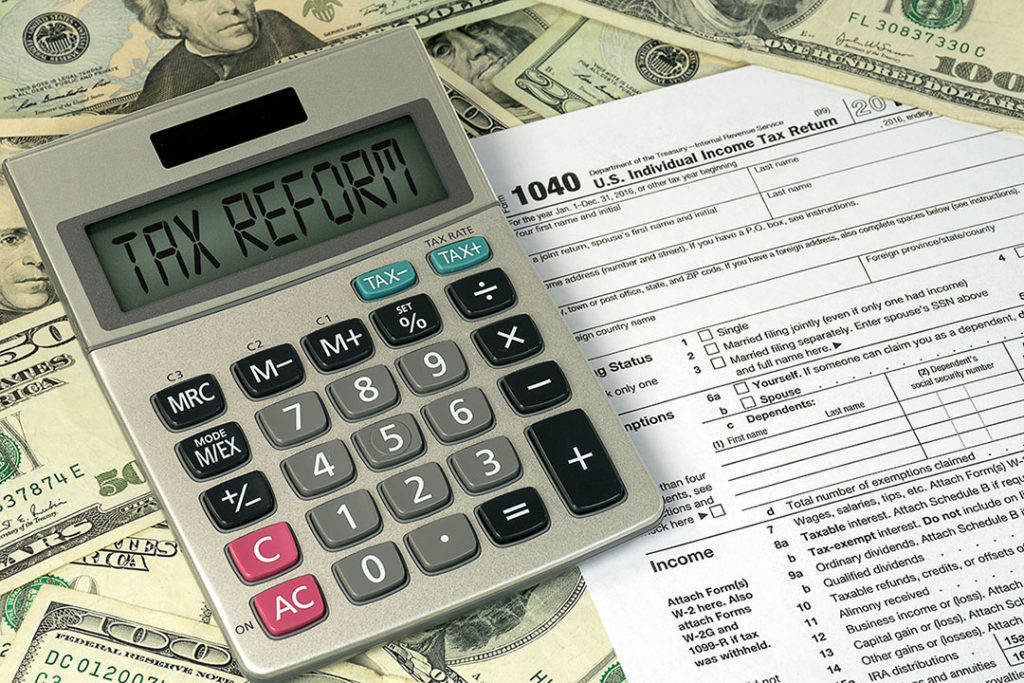INTEGRATED TAX ADMINISTRATION SYSTEM
Intended for Automating the Main Functions of the Tax Authorities
Management of Processes
To manage the processes in various modules, a single business process management system is used, that allows you to customize
the sequence of documents and their properties:
Settings
Advanced parameter settings: reference data, input and output forms, processes, system operation parameters;
Storage
Full storage of historical data;
Modular Design
Integrated knowledge base and user support system;
Report
Integrated reporting system;
Integration with third-party systems
Integration with third-party systems to provide convenience to users. For example, access to the Oracle BI reporting system is provided by the user from the main system without the need for additional authentication.
- Coverage of all major tax administration business processes;
- Flexible system configuration:
- Customizable business process;
- Customizable input forms;
- Setting risk assessment criteria;
- No need to maintain the system in the field;
- Support decision making through analytical reporting;
- Unified user authentication and authorization mechanism.
Main Modules
Main modules of the system are presented below:
- Registration of taxpayers
- Income Accounting and Declaration Processing
- Recovery of Tax Indebtedness
- Audit and Raid Control
- Appeal
- Other business processes
- Correspondence and Registration of Processes
- Reporting system
- Integration with other departments
- Work with taxpayers
- Call Center
Security of ITAS
Require a strong password
SSL option
Database is isolated from users. All operations are performed only through the application server
Channel protection via VPN

Advantages of the System:
Increase transparency in the work of the tax service
Improvement of the quality and efficiency of the tax service
Tools for analysis, decision support and operational control
Reduction of the number of routine operations by automating processes
Provision of services for taxpayers
Integration and provision of services for third-party organizations within the framework of e-Government
